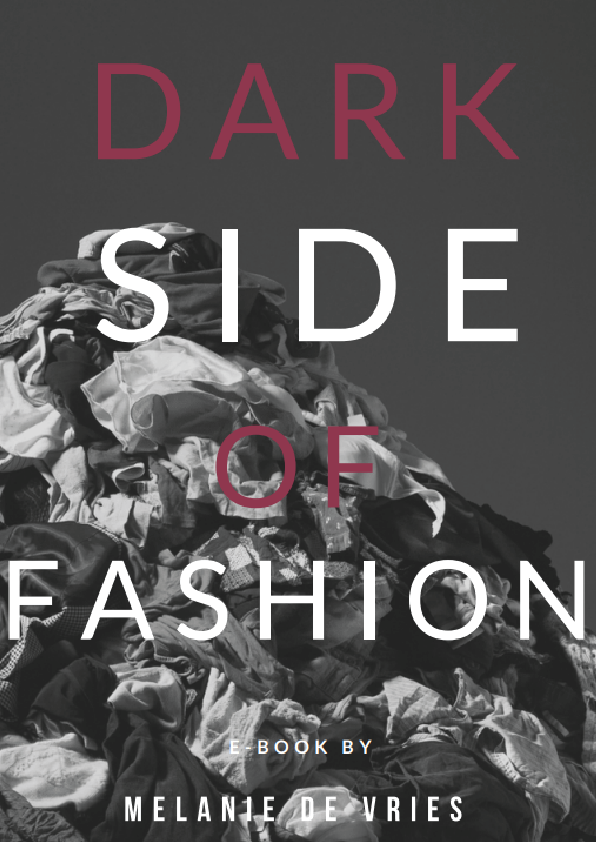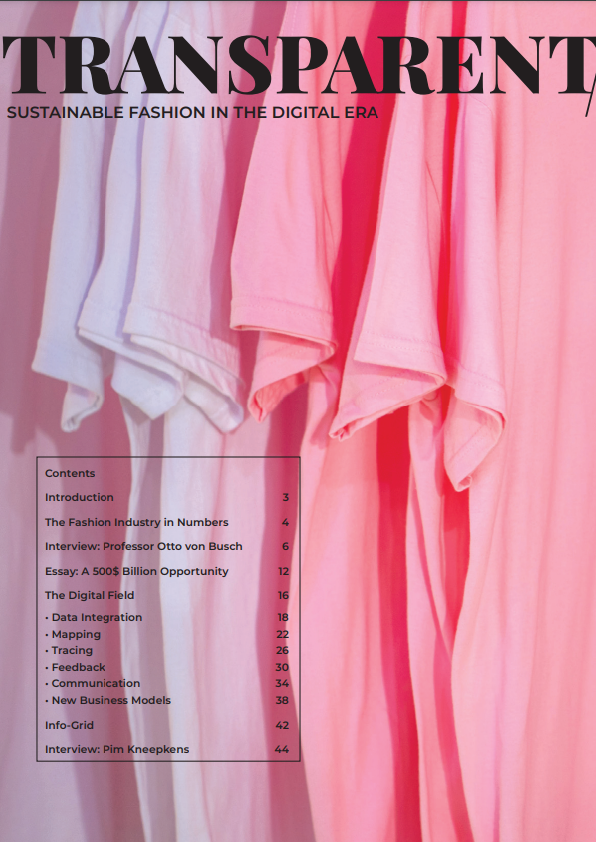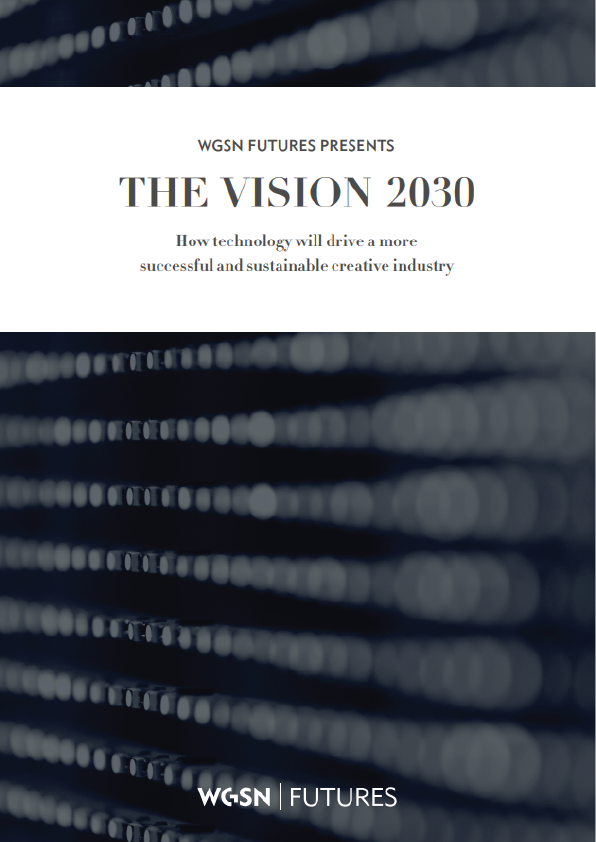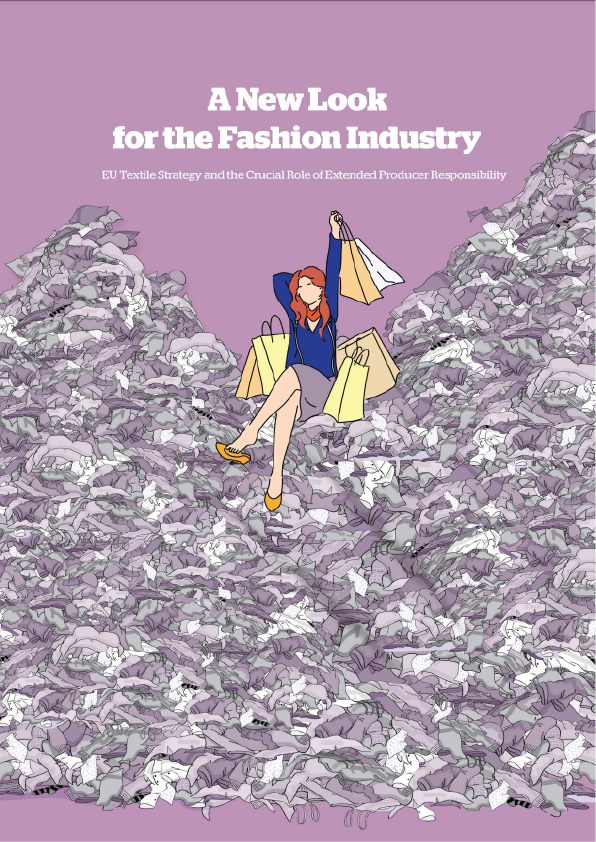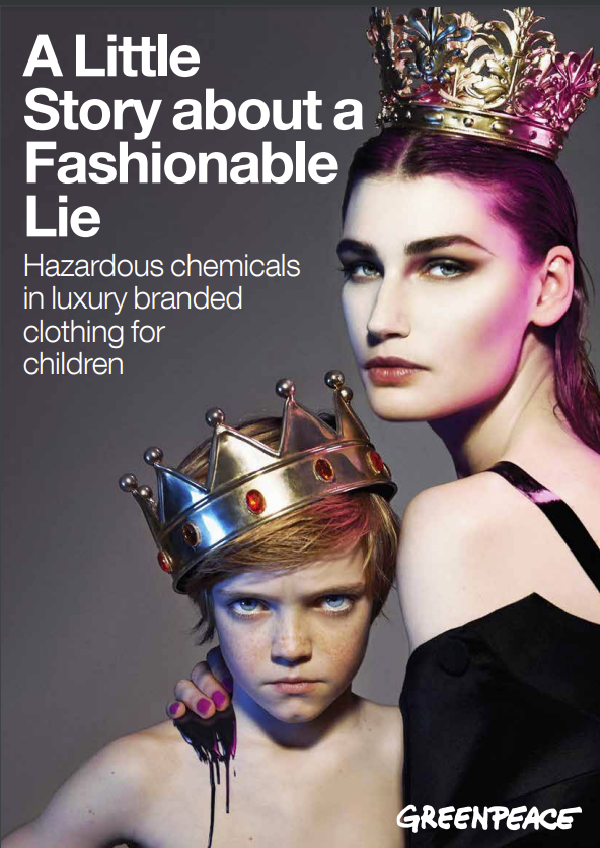Introduction “Fashion Industry”
A world without clothes does not exist, everyone uses it. Clothing provides protection and comfort. Additionally, clothes are part of someone’s identity. The fashion industry is known for its trend-driven clothing. Therefore, the textile industry is a major sector in the general economy, involving more than a milliard of people. Fashion has shown significant changes in recent decades. Not only the design of the clothes changed but the entire industry, including our behavior towards fashion, has transformed over time. At this moment, we discovered that the ecological footprint of the current fashion industry is too large for the environment and people area. The problem keeps getting worse and we can no longer ignore them. But what does the fashion industry look like now? How did the fashion industry become one of the most polluting industries?
The fashion industry operates according to a system. The current system of the fashion industry is almost entirely linear. Non-reusable raw materials are used for clothes, then only worn for a short period and eventually thrown away and ending up in a landfill or incinerated. The chain consists of the following steps: production phase → retail phase → use phase → disposal phase. More and more comments emerge in the current textile system. Large amounts of non-recyclable materials are exhausted to make clothing, then we wear the clothes but for a short period and eventually end up in the landfill or incinerated (Foundation, 2017). This type of model, take-makedisposal, has huge pressure on recourses, the pollution of the environment, and negative social impacts.
Fast fashion and globalization
Two main causes have led to the current industry, namely globalization and fast fashion. Globalization is a movement that has led to the bringing together of countries and has an impact on every sector. Trade between countries became increasingly easier due to technological developments in the world of information and communication. As a result, trade worldwide is still conducted, and therefore, most products are not produced and consumed in the same country. This globalization has also affected the textile industry, leading to pros and cons. Globalization is a main cause of the current industry and it arose from outsourcing. An advantage could be that clothes become much better when sharing knowledge. However, there are also major drawbacks, the consequences of which are now visible. An important impact of globalization is outsourcing. Companies, mainly developing countries, outsource their manufactures and other parties to other countries (generally developing countries).
Outsourcing is much cheaper, hence, it allows companies to develop even cheaper clothes (Fibre2Fashion, 2012). As a result? A misrepresented growing system in the industry, in which developed countries use and exploit developing countries.
On the other hand, fast fashion is also the main cause of the current industry. Fast fashion is an upcoming term and is still being explored about the possible consequences. But first, what does fast fashion mean? Fast fashion is a phenomenon that contributes to the negative pressure of the linear system in the fashion industry.
Fast fashion can be described as a particular culture and can be divided into two perspectives: business model (companies) and consumption (consumers). Companies deliver faster and fast and as a result, the number of collections is very much increased. Clothes are made for a short life span based on the quality and fashion related items. Additionally, people buy and dispose of clothes easier and more often than before. We get easily bored with fashion and feel the desire to buy new clothes. On average, 100 billion garments are produced every year which can be compared to 14 pieces of clothes per person on earth Google (2020a).
Several mechanisms maintain fast fashion. Nowadays if you want to buy clothes, it is very easy. There is a wide range of companies and brands to choose from. Due to the wide variety, the fashion industry is a highly competitive market. Additionally, a price war occurs and forces companies to lower the costs and have less respect for environmental and social aspects. The industry is based on elongated and interwoven chains. The connections are diverse, which makes it difficult to create impact and distinguish. The last mechanism, as I have already mentioned, is consumerism. Due to the combination of an increase in spendable income and lower prices, there has been a boost in the purchase of products. When it becomes so convenient to buy, it is doable to replace clothes even if there are not used for a long time. In other words, we attach less value to our purchased products. Fast fashion is a negative spiral that goes hand in hand with extremely negative consequences for the people and the environment.
The main issues are now the negative effects of the current activities of the fashion industry. This can be divided into environmental and social impacts. The environment suffers from the industry and the working conditions for industrial workers (mostly in developing countries) are also shocking. Why change now when we also have to deal with the pandemic, COVID-19 today? To clarify, the problems in today’s industry can also be seen as pandemic and have drastic consequences if nothing changes. Before COVID-19, the fashion industry was already on an unstainable road to ruin (Thompson, 2020).
Furthermore, COVID-19 has a massive impact on the industry. The changes in society, such as the lockdown, hit many major retail brands hard. However, COVID-19 has put a halt to overproduction and overconsumption and becomes a huge turning point. It creates an opportunity to temporarily stop and start to realize a more sustainable and slower fashion culture, which is entirely devoted to the reduction of raw materials. A fashion culture of comfort, quality, and climate is more important than flashy and hot trends (Thompson, 2020). Now that we are at this intersection, do we choose the old habits or the new habits where fashion is sustainable? To clarify, it is important to know how urgent this decision is. The next section of this E-book elaborates on the impacts that the current industry will have on the people and the environment.
Interested in exploring more about the topic? You can read through the book above.
